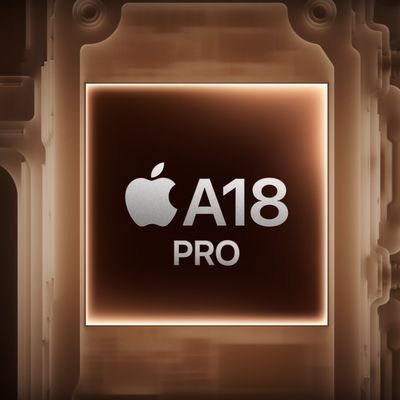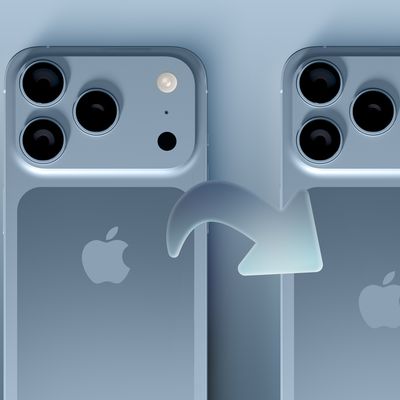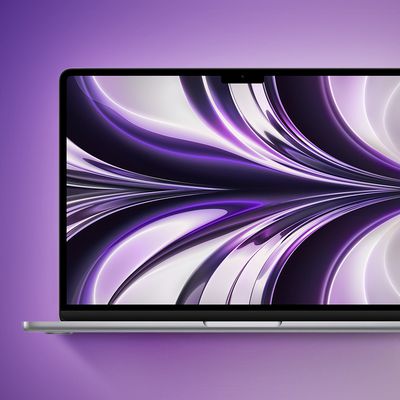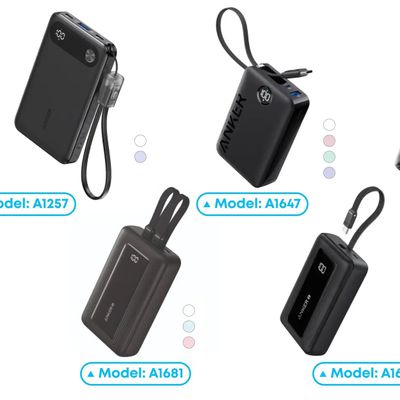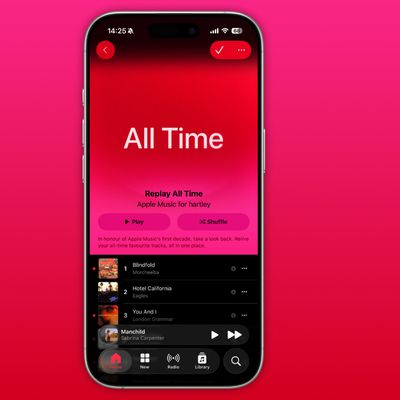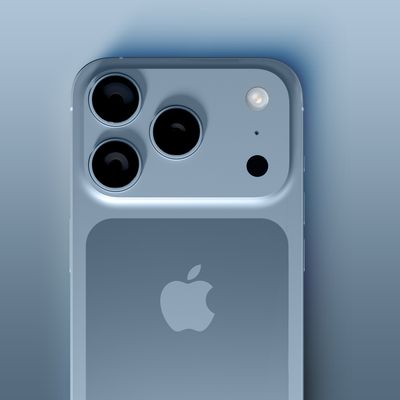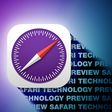Apple Reportedly Had Over a Year Left on Maps Contract with Google
Amid widespread complaints over Apple's new iOS 6 Maps app, which replaced the Google-powered application that had shipped on iOS devices since the iPhone debuted in 2007, some observers have wondered how much of the shift was due to Apple's desire to reduce its reliance upon on Google and how much might be due to other factors.
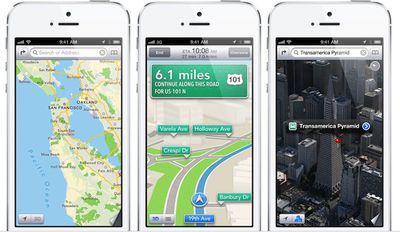
In particular, there has been some speculation that demands by Google could also have played a role in Apple's decision, with the suggestion being that Apple may have been forced to roll out its own mapping solution a bit sooner than it had planned for if its contract with Google had been running out.
The Verge now reports that such speculation is unfounded, with Apple and Google having had over a year left on their contract for Google's Maps app. Consequently, Apple could presumably have continued using Google's app in iOS 6 as it worked to improve its own mapping product for a launch with iOS 7 next year.
For its part, Apple apparently felt that the older Google Maps-powered Maps in iOS were falling behind Android — particularly since they didn't have access to turn-by-turn navigation, which Google has shipped on Android phones for several years. The Wall Street Journal reported in June that Google also wanted more prominent branding and the ability to add features like Latitude, and executives at the search giant were unhappy with Apple's renewal terms. But the existing deal between the two companies was still valid and didn't have any additional requirements, according to our sources — Apple decided to simply end it and ship the new maps with turn-by-turn.
Apple's decision apparently caught Google off-guard, as Google is reportedly still several months away from having a standalone maps app ready for submission to the App Store.
Popular Stories
Apple is developing a MacBook with the A18 Pro chip, according to findings in backend code uncovered by MacRumors.
Earlier today, Apple analyst Ming-Chi Kuo reported that Apple is planning to launch a low-cost MacBook powered by an iPhone chip. The machine is expected to feature a 13-inch display, the A18 Pro chip, and color options that include silver, blue, pink, and yellow.
MacRumors...
Apple's next-generation iPhone 17 Pro and iPhone 17 Pro Max are less than three months away, and there are plenty of rumors about the devices.
Apple is expected to launch the iPhone 17, iPhone 17 Air, iPhone 17 Pro, and iPhone 17 Pro Max in September this year.
Below, we recap key changes rumored for the iPhone 17 Pro models:Aluminum frame: iPhone 17 Pro models are rumored to have an...
In 2020, Apple added a digital car key feature to its Wallet app, allowing users to lock, unlock, and start a compatible vehicle with an iPhone or Apple Watch. The feature is currently offered by select automakers, including Audi, BMW, Hyundai, Kia, Genesis, Mercedes-Benz, Volvo, and a handful of others, and it is set to expand further.
During its WWDC 2025 keynote, Apple said that 13...
Apple hasn't updated the AirPods Pro since 2022, and the earbuds are due for a refresh. We're counting on a new model this year, and we've seen several hints of new AirPods tucked away in Apple's code. Rumors suggest that Apple has some exciting new features planned that will make it worthwhile to upgrade to the latest model.
Subscribe to the MacRumors YouTube channel for more videos.
Heal...
Apple is planning to launch a low-cost MacBook powered by an iPhone chip, according to Apple analyst Ming-Chi Kuo.
In an article published on X, Kuo explained that the device will feature a 13-inch display and the A18 Pro chip, making it the first Mac powered by an iPhone chip. The A18 Pro chip debuted in the iPhone 16 Pro last year. To date, all Apple silicon Macs have contained M-series...
Popular accessory maker Anker this month launched two separate recalls for its power banks, some of which may be a fire risk.
The first recall affects Anker PowerCore 10000 Power Banks sold between June 1, 2016 and December 31, 2022 in the United States. Anker says that these power banks have a "potential issue" with the battery inside, which can lead to overheating, melting of plastic...
Chase this week announced a series of new perks for its premium Sapphire Reserve credit card, and one of them is for a pair of Apple services.
Specifically, the credit card now offers complimentary annual subscriptions to Apple TV+ and Apple Music, a value of up to $250 per year.
If you are already paying for Apple TV+ and/or Apple Music directly through Apple, those subscriptions will...
As part of its 10-year celebrations of Apple Music, Apple today released an all-new personalized playlist that collates your entire listening history.
The playlist, called "Replay All Time," expands on Apple Music's existing Replay features. Previously, users could only see their top songs for each individual calendar year that they've been subscribed to Apple Music, but now, Replay All...
Apple's next-generation iPhone 17 Pro and iPhone 17 Pro Max are around three months away, and there are plenty of rumors about the devices.
Apple is expected to launch the iPhone 17, iPhone 17 Air, iPhone 17 Pro, and iPhone 17 Pro Max in September this year.
Below, we recap key changes rumored for the iPhone 17 Pro models:Aluminum frame: iPhone 17 Pro models are rumored to have an...



